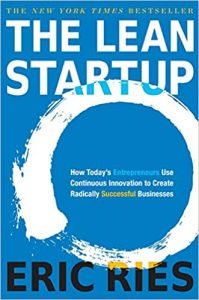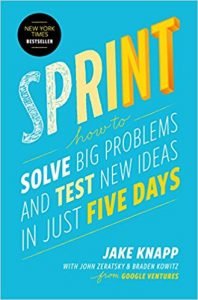Distributed Agile teams may not be the norm, but they’re here to stay and their numbers are steadily growing. In my own experience, they can work pretty well and become quite productive (see my prior post), although there always seems to be a “remote penalty” compared to fully co-located teams, basically the inevitable cost and friction introduced by not being in the same place.
Is it possible to boost such a team’s performance further and reap benefits similar to co-located teams? Can you “virtually co-locate”?
A recent experiment has convinced me that the answer to these questions is “Yes”!
The Starting Point
I was working with a “regular”-sized Kanban team that had already worked together for a while and found its stride. Members were located from the US West Coast, the Mid West and Florida to South America with a maximum time difference of 4 hours. Things were going pretty well: We were conducting the typical Agile ceremonies via Zoom sessions, used Azure DevOps to manage work, collaborated via Slack, and had working sessions and meetings as needed.
The team had been working on a new module of a SaaS application and we were faced with the challenge of delivering the MVP within about 5 weeks, which was doable, but not easy. We discussed how to work together differently to intensify our efforts and increase our chances of delivering on time.
We had the option of traveling to a central location and work together in the same office for a few weeks, which obviously carried not insignificant costs such as travel time and expenses, logistical challenges including visas, and being away from our families. While we left that option on the table for later, the team decided to try out a different set of working agreements first.
Continue reading









 Distributed Agile teams are here to stay – like it or not. According to CollabNet/VersionOne’s 12th State of Agile survey, 79% of respondents had at least some distributed teams practicing Agile. I myself was taught early on that Agile teams had to be co-located and should sit in the same area in order to facilitate high-bandwidth osmotic communication. And while that is still a very effective way of working, in today’s workplace we see more and more distributed Agile teams.
Distributed Agile teams are here to stay – like it or not. According to CollabNet/VersionOne’s 12th State of Agile survey, 79% of respondents had at least some distributed teams practicing Agile. I myself was taught early on that Agile teams had to be co-located and should sit in the same area in order to facilitate high-bandwidth osmotic communication. And while that is still a very effective way of working, in today’s workplace we see more and more distributed Agile teams.